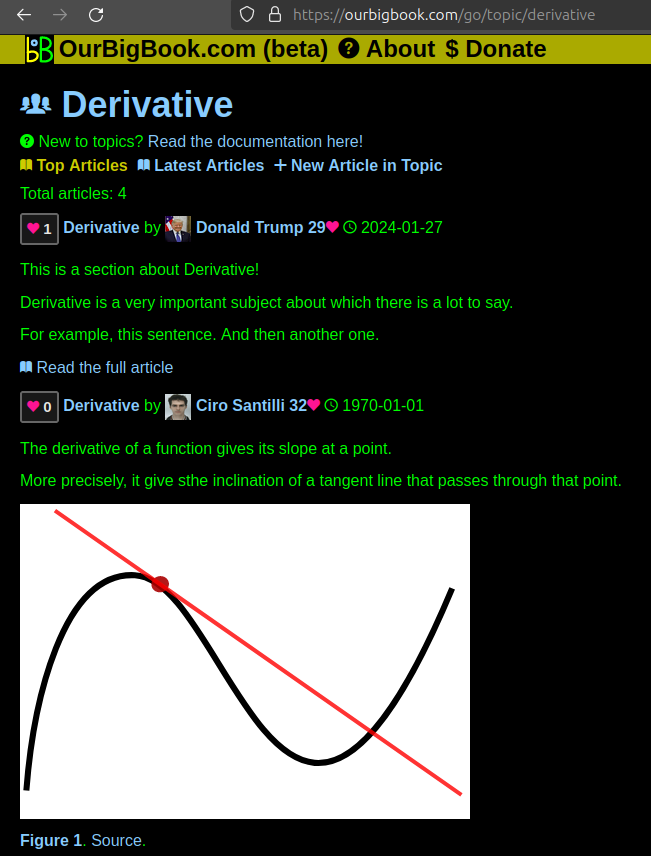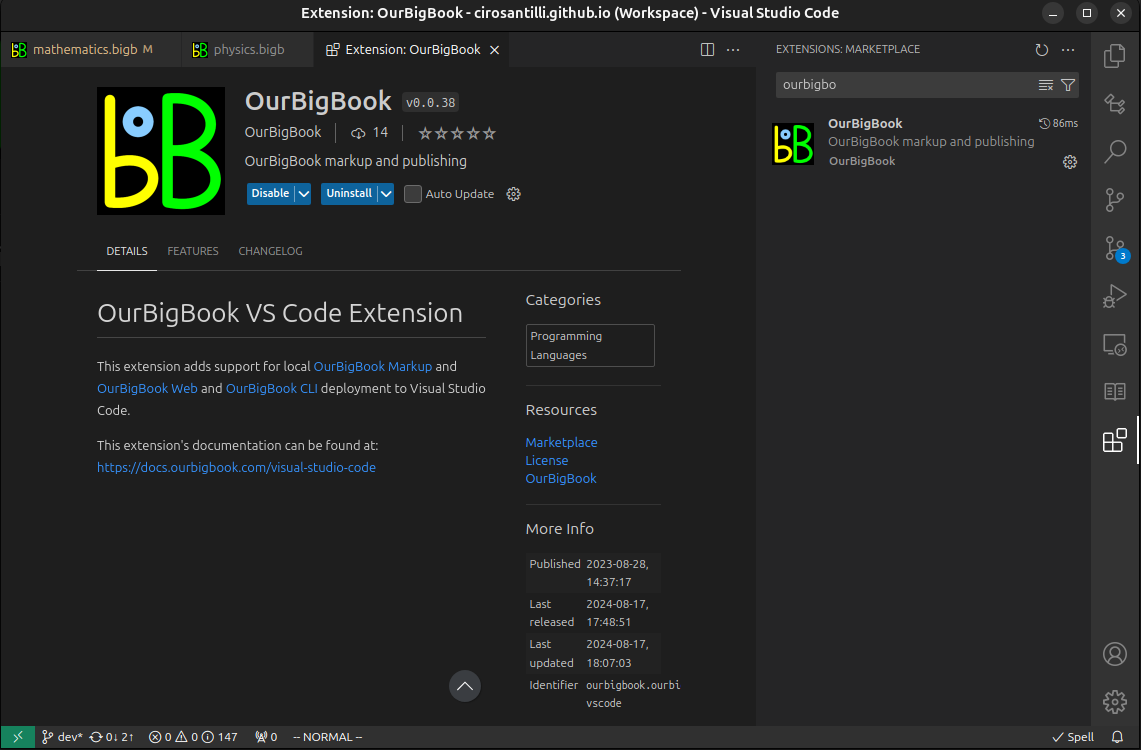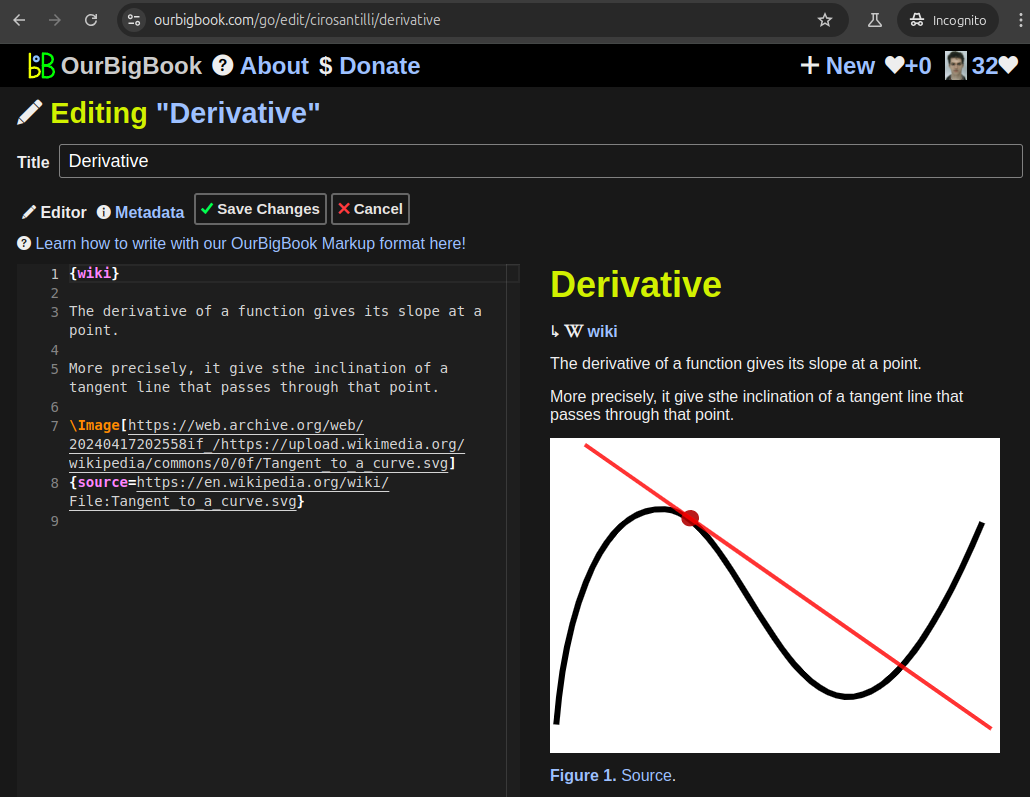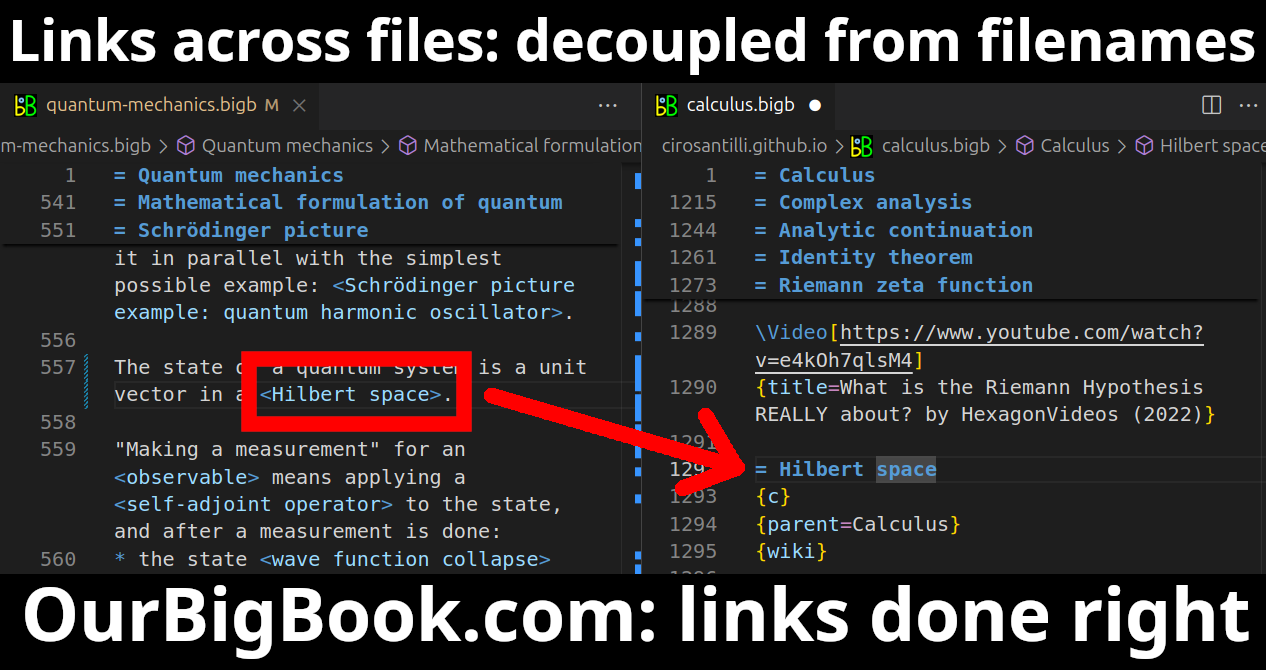Muhammad al-Baghdadi, often referred to as Abu Bakr al-Baghdadi, was the leader of the Islamic State of Iraq and Syria (ISIS) from 2010 until his death in 2019. He played a key role in the transformation of the group from an insurgency in Iraq to a terrorist organization that gained significant territory in Iraq and Syria, declaring a caliphate in 2014.
Yusuf al-Mu'taman ibn Hud was a prominent historical figure who served as a king of the Taifa of Zaragoza in the early 11th century. He belonged to the Hudid dynasty, which ruled over parts of present-day northeastern Spain during the period of the taifa kingdoms, a time when the Iberian Peninsula was fragmented into various small Muslim-ruled kingdoms following the collapse of the Umayyad Caliphate of Cordoba.
Pingala can refer to different concepts depending on the context: 1. **In Indian Classical Literature**: Pingala is often associated with ancient Indian mathematicians, particularly in connection with the earliest known work on poetry metrics in Sanskrit, called the "Chandahsastra". This text, attributed to Pingala, outlines the rules of poetic meter and includes combinatorial mathematics. It is notable for using binary numbers to describe patterns in meter.
Pāṇini was an ancient Indian grammarian and linguist, renowned for his work on the Sanskrit language. He is best known for his text "Ashtadhyayi," which is a comprehensive and systematic description of Sanskrit grammar. The Ashtadhyayi, which translates to "Eight Chapters," consists of about 4000 sutras (rules) that cover various aspects of Sanskrit phonetics, morphology, syntax, and semantics.
Isidore of Seville (c. 560 – 636 AD) was a prominent scholar, theologian, and bishop who is best known for his encyclopedic work, the "Etymologies" (or "Origines"), which aimed to compile all human knowledge of the time. He served as the bishop of Seville in Spain during the Visigothic period and played a significant role in the intellectual life of the early Middle Ages.
Hempel's dilemma, also known as Hempel's paradox, arises from a thought experiment posed by philosopher Carl Hempel in the context of scientific explanation and the problem of inductive reasoning. It primarily involves the challenges of confirming scientific laws based on singular observational statements. Hempel illustrated this dilemma using the example of a general law such as "All swans are white.
Leibniz's Gap refers to a philosophical issue concerning the relationship between philosophy and science, particularly in the context of moral philosophy and the foundation of ethical principles. The term is largely associated with the work of the philosopher Gottfried Wilhelm Leibniz, but it was later popularized in discussions of moral philosophy, especially by British philosopher David Hume.
The philosophy of perception is a branch of philosophy that explores the nature of perception, its relationship to reality, and the implications for our understanding of knowledge, mind, and consciousness. It examines questions such as: 1. **Nature of Perception**: What is perception? Is it a direct apprehension of reality, or is it a mediated experience influenced by various factors like context, past experiences, and cognitive processes? 2. **Realism vs.
The John von Neumann Prize is an award presented in the field of applied mathematics and is named in honor of the Hungarian-American mathematician and polymath John von Neumann, who made significant contributions to various areas, including mathematics, physics, computer science, and economics. The prize is awarded by the Society for Industrial and Applied Mathematics (SIAM) and is given to individuals or groups who have made fundamental contributions in the areas of applied mathematics and computational science.
The philosophy of artificial intelligence (AI) explores the fundamental questions and implications surrounding the development, use, and impact of intelligent machines. This field intersects various branches of philosophy including ethics, epistemology, metaphysics, and philosophy of mind. Here are some key areas of inquiry within the philosophy of AI: 1. **Nature of Intelligence**: What constitutes intelligence? How does human intelligence compare to artificial intelligence?
Hanlon's Razor is a philosophical principle that states, "Never attribute to malice that which is adequately explained by stupidity." Essentially, it suggests that when trying to understand someone's actions, one should first consider the possibility that they may be due to ignorance or incompetence rather than intentional wrongdoing or malice. This principle can help mitigate misunderstandings and encourage a more charitable interpretation of others' behavior. It emphasizes the importance of assuming benign intentions before jumping to negative conclusions.
The term "motto" refers to a short, memorable phrase or slogan that encapsulates the beliefs, values, or guiding principles of an individual, group, organization, or institution. Mottos are often used to inspire, motivate, or provide a sense of identity and purpose. They can be found in various contexts, including personal life, national or organizational slogans, educational institutions, and even in branding for companies.
Equivocation is a logical fallacy that occurs when a word or phrase is used in multiple meanings within an argument, leading to a misleading or ambiguous conclusion. This can happen deliberately or unintentionally. The fallacy often arises in debates and discussions when one party uses a term that can be interpreted in more than one way, thereby creating confusion or misinterpretation. For example, consider the statement: "The law says that no one may enter a private building without permission.
Theories of language encompass a wide array of perspectives and frameworks aiming to understand the nature, structure, acquisition, and function of language. These theories originate from various disciplines, including linguistics, philosophy, psychology, cognitive science, and sociology. Here are some prominent theories and concepts related to language: 1. **Structuralism**: This theory, associated with Ferdinand de Saussure, emphasizes the study of language as a system of signs.
English conditional sentences are structures used to express that one event is contingent upon another event. They often include "if" clauses that describe a condition and a main clause that describes the result or outcome if that condition is met. Conditional sentences are generally classified into several types based on the likelihood of the condition being fulfilled.
Extensionalism is a philosophical concept that is often discussed in the context of semantics, metaphysics, and epistemology. It generally involves the idea that the meaning or reference of a term or concept is determined by its external properties or the objects in the world to which it corresponds, rather than by an internal or intrinsic essence. In different fields, extensionalism can take on specific meanings: 1. **Philosophy of Language**: In this context, extensionalism contrasts with intentionalism.
Pinned article: Introduction to the OurBigBook Project
Welcome to the OurBigBook Project! Our goal is to create the perfect publishing platform for STEM subjects, and get university-level students to write the best free STEM tutorials ever.
Everyone is welcome to create an account and play with the site: ourbigbook.com/go/register. We belive that students themselves can write amazing tutorials, but teachers are welcome too. You can write about anything you want, it doesn't have to be STEM or even educational. Silly test content is very welcome and you won't be penalized in any way. Just keep it legal!
Intro to OurBigBook
. Source. We have two killer features:
- topics: topics group articles by different users with the same title, e.g. here is the topic for the "Fundamental Theorem of Calculus" ourbigbook.com/go/topic/fundamental-theorem-of-calculusArticles of different users are sorted by upvote within each article page. This feature is a bit like:
- a Wikipedia where each user can have their own version of each article
- a Q&A website like Stack Overflow, where multiple people can give their views on a given topic, and the best ones are sorted by upvote. Except you don't need to wait for someone to ask first, and any topic goes, no matter how narrow or broad
This feature makes it possible for readers to find better explanations of any topic created by other writers. And it allows writers to create an explanation in a place that readers might actually find it.Figure 1. Screenshot of the "Derivative" topic page. View it live at: ourbigbook.com/go/topic/derivativeVideo 2. OurBigBook Web topics demo. Source. - local editing: you can store all your personal knowledge base content locally in a plaintext markup format that can be edited locally and published either:This way you can be sure that even if OurBigBook.com were to go down one day (which we have no plans to do as it is quite cheap to host!), your content will still be perfectly readable as a static site.
- to OurBigBook.com to get awesome multi-user features like topics and likes
- as HTML files to a static website, which you can host yourself for free on many external providers like GitHub Pages, and remain in full control
Figure 3. Visual Studio Code extension installation.Figure 4. Visual Studio Code extension tree navigation.Figure 5. Web editor. You can also edit articles on the Web editor without installing anything locally.Video 3. Edit locally and publish demo. Source. This shows editing OurBigBook Markup and publishing it using the Visual Studio Code extension.Video 4. OurBigBook Visual Studio Code extension editing and navigation demo. Source. - Infinitely deep tables of contents:
All our software is open source and hosted at: github.com/ourbigbook/ourbigbook
Further documentation can be found at: docs.ourbigbook.com
Feel free to reach our to us for any help or suggestions: docs.ourbigbook.com/#contact






